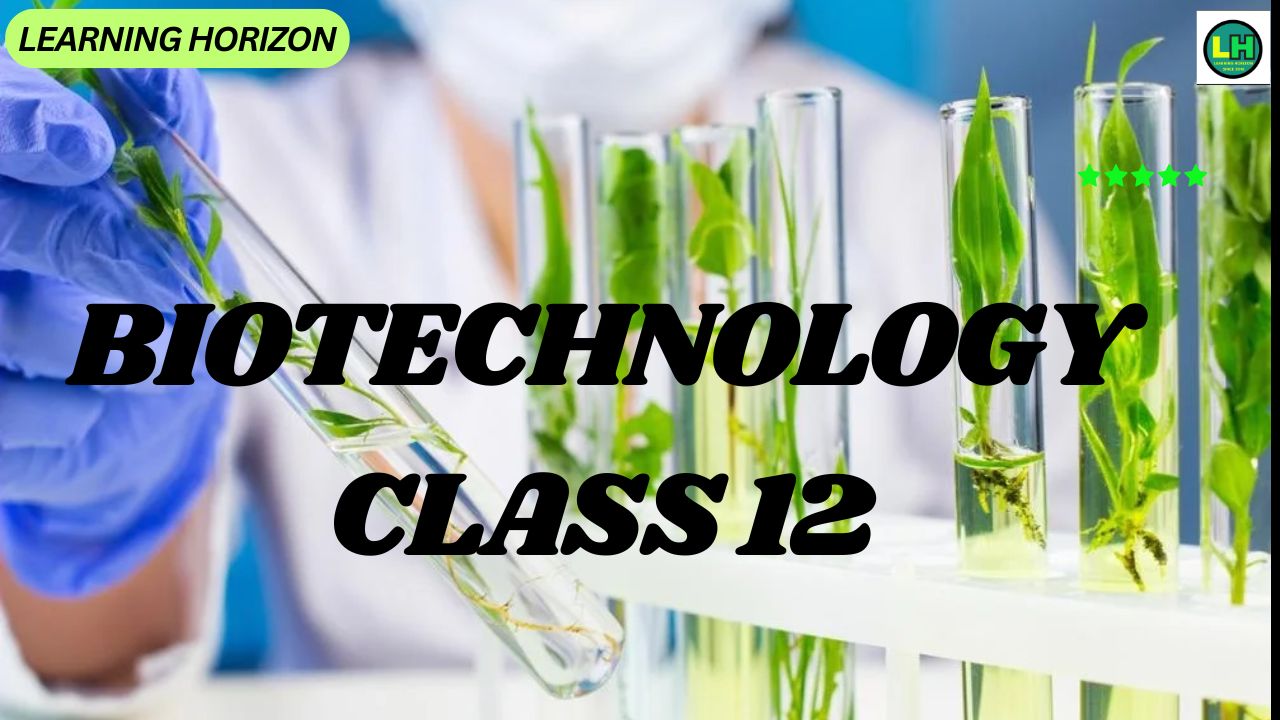- 1. Introduction to Biotechnology
- 2. Principles of Biotechnology
- 3. Tools of Recombinant DNA Technology
- 4. Steps in Recombinant DNA Technology
- 5. Applications of Biotechnology
- 6. Applications of Biotechnology
- Biotechnology and Its Applications
- Biotechnology Class 12 – Frequently Asked Questions (FAQ)
- ❓ What is biotechnology in Class 12 biology?
- ❓ What are the two main principles of biotechnology?
- ❓ What is recombinant DNA technology?
- ❓ What are restriction enzymes?
- ❓ What is a cloning vector?
- ❓ How is insulin produced using biotechnology?
- ❓ What are GM crops? Give an example.
- ❓ What is gene therapy?
- ❓ What are some applications of biotechnology?
The core principles and processes to real-world applications, NCERT-based MCQs, and important Q&A. Biotechnology is a crucial chapter in the CBSE Class 12 Biology syllabus,
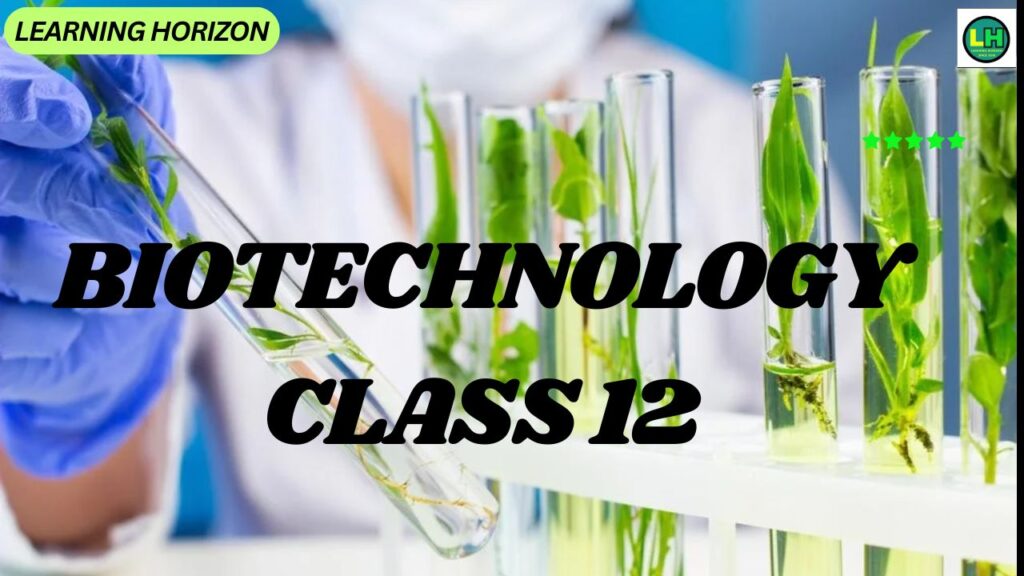
Biotechnology Class 12
Are you preparing for your Class 12 Biology board exams or looking for a quick and complete revision of Biotechnology? This guide covers everything you need – from the core principles and processes to real-world applications, NCERT-based MCQs, and important Q&A. Biotechnology is a crucial chapter in the CBSE Class 12 Biology syllabus, and mastering it can boost your exam performance significantly. In this article, you’ll find easy-to-understand notes, chapter-wise questions, and objective questions to help you revise smarter and faster. Perfect for last-minute study and long-term learning!
Biotechnology Class 12: Principles, Applications, MCQs & Q&A
1. Introduction to Biotechnology
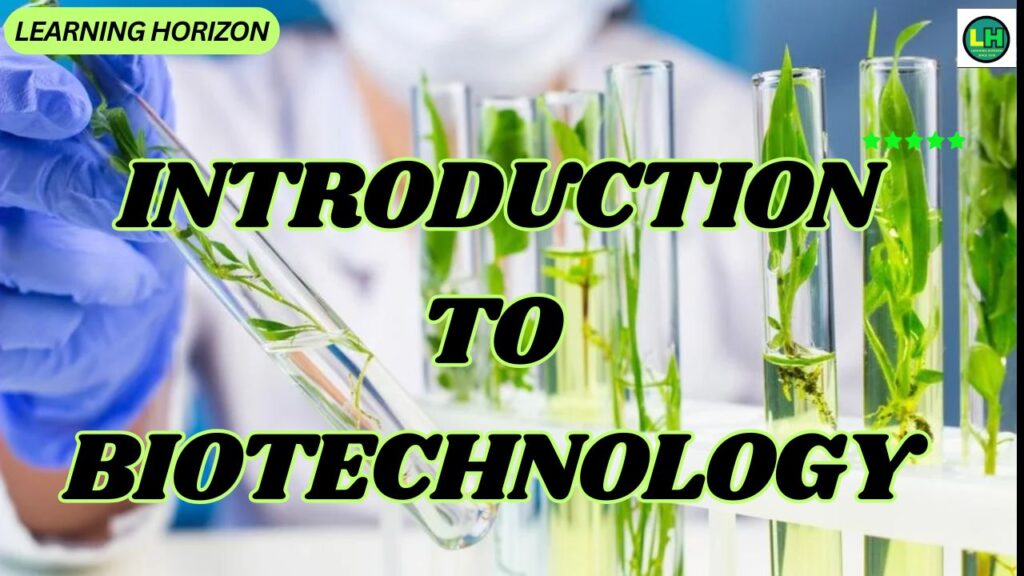
- Definition: Biotechnology is the use of living organisms or biological systems to develop products and processes for specific use.
- Classical Biotechnology: Based on fermentation (e.g., making wine, bread, and cheese).
- Modern Biotechnology: Involves genetic engineering and cell culture techniques.
2. Principles of Biotechnology
There are two core principles:
- Genetic Engineering: Techniques to alter the chemistry of genetic material (DNA/RNA) to introduce it into host organisms.
- Bioprocess Engineering: Maintenance of sterile conditions to support the growth of genetically modified organisms and produce the desired product.
3. Tools of Recombinant DNA Technology
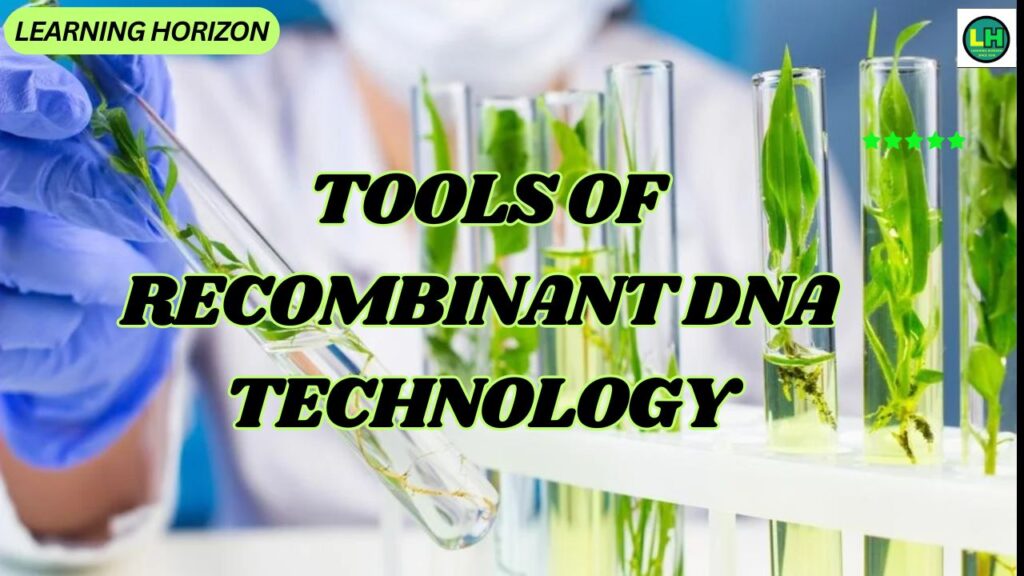
- Restriction Enzymes (Endonucleases): “Molecular scissors” that cut DNA at specific sequences (e.g., EcoRI).
- Cloning Vectors: DNA molecules that carry foreign DNA into a host cell (e.g., plasmids, bacteriophages).
- Host Organism: Often E. coli, yeast, or other organisms used for cloning.
- DNA Ligase: Enzyme used to join DNA fragments.
- Selectable Marker: Helps identify cells that have taken up the recombinant DNA (e.g., antibiotic resistance gene).
- PCR (Polymerase Chain Reaction): Amplifies specific DNA sequences.
- Gel Electrophoresis: Separates DNA fragments based on size
- Biotechnology Class 12.
4. Steps in Recombinant DNA Technology
- Isolation of genetic material (DNA)
- Cutting of DNA at specific sites using restriction enzymes
- Insertion of the gene of interest into a cloning vector
- Transfer of recombinant DNA into the host
- Selection and screening of transformed cells
- Expression and production of the desired product
5. Applications of Biotechnology
In Medicine
- Genetically Engineered Insulin: Produced using E. coli (Humulin).
- Gene Therapy: Treating genetic disorders by inserting correct genes.
- Molecular Diagnosis: Techniques like PCR and ELISA to detect diseases.
- Vaccines: Recombinant vaccines (e.g., Hepatitis B vaccine).
In Agriculture
- GM Crops: e.g., Bt Cotton (resistant to bollworm), Golden Rice (vitamin A enriched).
- Tissue Culture: Cloning of plants in vitro.
- Biopesticides and Biofertilizers: Environmentally friendly solutions.
In Industry
- Fermentation: Production of alcohol, acids, enzymes using microbes.
- Bioreactors: Vessels in which raw materials are biologically converted to specific products.
6. Applications of Biotechnology
- Bioethics: Concerns about the safety and moral implications of biotechnology.
- GMOs: Genetically Modified Organisms may have unknown environmental impacts.
- Biosafety Guidelines: Established by organizations like the CBD (Convention on Biological Diversity) and national biosafety committees.
🔹 Important Questions (Short Answer)
- What are restriction enzymes? Name any two.
- Differentiate between plasmid and vector.
- What is a recombinant DNA?
- Explain the role of gel electrophoresis.
- Why is it important to maintain sterile conditions during the bioprocessing stage?
Biotechnology Class 12
🔸 MCQs
- Which of the following enzymes is used to join DNA fragments?
a) EcoRI
b) Ligase ✅
c) Helicase
d) Polymerase - The first restriction endonuclease isolated was:
a) BamHI
b) EcoRI
c) HindII ✅
d) Taq polymerase - The term ‘vector’ in genetic engineering refers to:
a) A virus
b) A bacterium
c) A DNA molecule used to carry foreign DNA ✅
d) An enzyme - The function of PCR is to:
a) Cut DNA
b) Amplify DNA ✅
c) Join DNA
d) Degrade DNA
Biotechnology and Its Applications
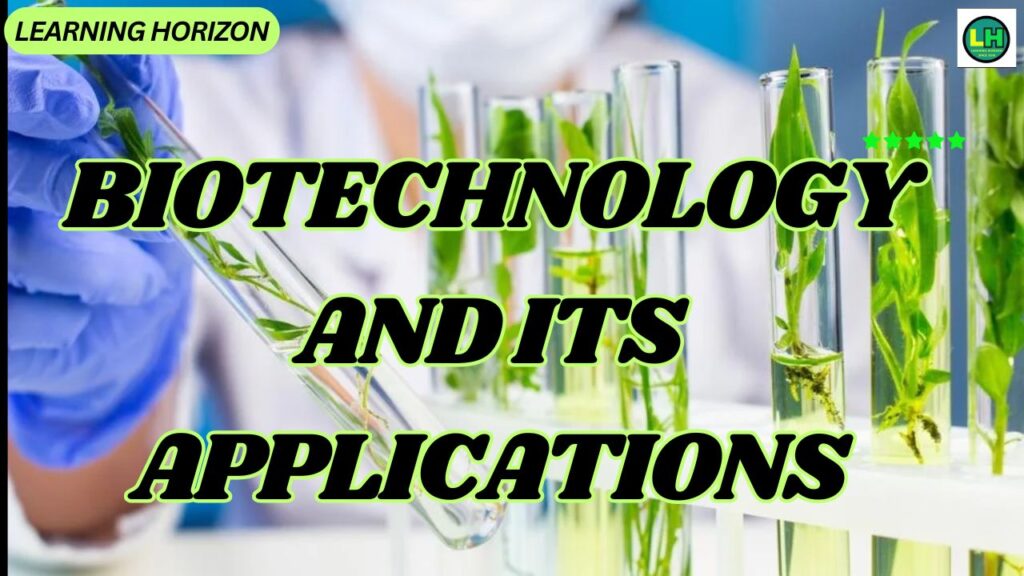
🔹 Important Questions (Short Answer)
- What is gene therapy? Give an example.
- How is insulin produced using recombinant DNA technology?
- What are the advantages of Bt crops?
- Mention two applications of biotechnology in the field of medicine.
- What are bioethics and why are they important?
🔸 MCQs
- Bt cotton is genetically modified to resist:
a) Aphids
b) Fungal infections
c) Bollworm ✅
d) Rust disease - Golden Rice is rich in:
a) Iron
b) Vitamin B
c) Vitamin A ✅
d) Vitamin C - Which of the following is used in the treatment of ADA deficiency?
a) Chemotherapy
b) Gene therapy ✅
c) Vaccination
d) Immunotherapy - Which of the following is not a product of biotechnology?
a) Humulin
b) Bt Toxin
c) Antibiotic-resistant bacteria
d) Morphine ✅
Biotechnology Class 12 – Frequently Asked Questions (FAQ)
❓ What is biotechnology in Class 12 biology?
Answer: Biotechnology is the branch of science that uses biological systems, organisms, or derivatives to develop products and technologies for human welfare. It includes techniques like genetic engineering, tissue culture, and recombinant DNA technology.
❓ What are the two main principles of biotechnology?
Answer: The two core principles are:
- Genetic Engineering – Altering the genetic material of organisms.
- Bioprocess Engineering – Using sterile techniques to grow organisms and extract useful products.
❓ What is recombinant DNA technology?
Answer: Recombinant DNA technology involves combining DNA from two different sources to form a new genetic combination. It is used to produce genetically modified organisms (GMOs), insulin, vaccines, etc.
❓ What are restriction enzymes?
Answer: Restriction enzymes are molecular scissors that cut DNA at specific sequences. They are essential tools in genetic engineering for DNA manipulation.
❓ What is a cloning vector?
Answer: A cloning vector is a DNA molecule used to carry foreign genetic material into another cell, where it can be replicated and/or expressed. Examples include plasmids and bacteriophages.
❓ How is insulin produced using biotechnology?
Answer: Human insulin is produced using genetically engineered bacteria (E. coli). The human insulin gene is inserted into a plasmid vector and introduced into bacteria, which then produce insulin.
❓ What are GM crops? Give an example.
Answer: Genetically Modified (GM) crops are plants whose DNA has been altered using genetic engineering techniques. Example: Bt cotton – modified to resist bollworm pests.
❓ What is gene therapy?
Answer: Gene therapy is a medical technique that involves inserting a normal gene into cells to replace a faulty or missing gene, often used to treat genetic disorders like ADA deficiency.
❓ What are some applications of biotechnology?
Answer:
- Medicine: Insulin, gene therapy, vaccines.
- Agriculture: GM crops, biofertilizers.
- Industry: Enzymes, bioplastics, fermentation processes.
